Pierre Robin
Pierre Robin sequence, also known as Pierre Robin complex or syndrome, is a birth defect characterized by a wide, U-shaped cleft palate, a small lower jaw and a tongue that tends to fall back toward the throat, potentially obstructing the airway.
Because this combination of features can make it difficult or impossible for a baby with Pierre Robin to feed or breathe normally, children with this condition may need special procedures at birth to ensure adequate breathing and feeding.
Pierre Robin sequence is characterized by:
- Wide, U-shaped cleft palate
- Small lower jaw
- Tongue that falls back toward the throat and possibly interferes with breathing
Pierre Robin sequence is diagnosed at birth by physical examination. The presence of the small lower jaw distinguishes Pierre Robin sequence from a cleft palate only.
An infant with Pierre Robin sequence should be seen shortly after birth by a nurse from the Craniofacial Center, who will make sure he or she is able to adequately feed and breathe. The infant should also be seen for a full team evaluation.
If the tongue obstructs the airway or if the infant is having breathing difficulties, he or she will be referred to the Pediatric Pulmonary Clinic. The child may need a lip-tongue plication, a procedure that temporarily attaches the tongue to the lower lip, opening the airway and making it easier to breathe.
An infant with Pierre Robin sequence usually needs to be bottle fed, with breast milk or formula, using special nipples. The child may need supplemental calories to fuel the extra effort it takes to breathe and swallow.
Surgery is necessary to repair the cleft palate. Since ear infections are more common for a child with a cleft palate, we recommend a hearing test to determine whether ventilating tubes, which may reduce the risk of ear infections, should be placed in the ears at the time of surgery. We usually recommend an eye examination as well, since associated eye anomalies aren't uncommon.
The palate repair is usually performed when the child is around 10 months old or starting to make sounds of speech. The surgery may be delayed if the lower jaw is still very retruded. The procedure takes about two to three hours, with the infant staying in the hospital one or two nights. Although speech is usually normal after the cleft palate is repaired, in some cases, speech therapy or a second palate surgery may be needed. In addition, most children need orthodontic treatment with braces in early adolescence.
A child with Pierre Robin sequence may encounter social and emotional challenges unique to this condition. Support organizations and resources are available for children and their families &mdash.
Reviewed by health care specialists at UCSF Benioff Children's Hospital.
Other Resources
- AboutFace
- California Children's Services
- California Dept. of Developmental Services: Regional Center Directory
- Changing Faces
- Children's Craniofacial Association
- Cleft Advocate
- Cleft Palate Foundation
- FACES: The National Craniofacial Association
- Family Voices
- Parents Helping Parents
- Pierre Robin Network
- Support for Families of Children with Disabilities
- Woodbine House Special Needs Books
Reviewed by health care specialists at UCSF Benioff Children's Hospital.


